Python File Name Convention
Introduction
When it comes to developing in Python, choosing the right file names and organizing them properly is crucial. Following a consistent and standardized naming convention helps improve code readability, maintainability, and collaboration among developers. In this article, we will explore the importance of naming conventions in Python, guidelines for choosing descriptive filenames, rules for using lowercase and underscores, and how to avoid reserved words and special characters. Additionally, we will discuss organizing Python files in modules and packages, differentiating module and package names, and provide examples of correct Python file naming conventions.
1. Importance of Naming Conventions in Python
Naming conventions play a significant role in Python development because they make code more understandable and maintainable. Clear and descriptive names help developers easily identify the purpose and functionality of specific files, classes, functions, and variables. This fosters collaboration and ensures smooth transitions when multiple developers are working on the same project. Following consistent naming conventions also eliminates confusion and reduces the chances of introducing bugs or errors due to ambiguous naming.
2. Choosing Descriptive Filenames
When naming Python files, it is essential to choose descriptive names that accurately reflect their purpose and contents. File names should be concise yet meaningful, conveying what the file contains and how it contributes to the overall functionality of the project. For example, instead of naming a file “file1.py” or “temp.py,” use a name like “user_input_processing.py” or “payment_utils.py” for better clarity.
3. Using lowercase and underscores in Filenames
Python’s official style guide, PEP 8, recommends using all lowercase letters and underscores for separating words in filenames. This convention, known as “snake_case,” enhances readability and consistency throughout the codebase. For instance, a Python script to calculate average grades can be named “calculate_average_grade.py.”
4. Avoiding Reserved Words and Special Characters in Filenames
To ensure compatibility and avoid conflicts with Python’s reserved words and operating systems, it is essential to avoid using reserved words as filenames or including special characters. This prevents potential errors and contributes to the longevity of the code. For example, avoid naming a file “if.py” because “if” is a reserved word in Python.
5. Organizing Python Files in Modules and Packages
As projects grow larger, it becomes necessary to organize Python files into modules and packages to maintain a structured codebase. Modules are individual Python files containing definitions and statements, while packages are directories that contain multiple modules and an __init__.py file.
6. Differentiating Module and Package Names
To differentiate between module and package names, it is common to use lowercase letters and underscores for modules and lowercase letters without underscores for packages. For example, a module could be named “data_utils.py,” while a package could be named “utilities.” By following this convention, it becomes easier to distinguish between the two and intuitively navigate the project’s structure.
7. Examples of Correct Python File Naming Conventions
– Python file naming convention example: “calculate_average_grade.py”
– Python naming convention: “snake_case” for files, “CapWords” for class names
– HTML file naming conventions: Follow the general web development conventions, such as lowercase filenames with hyphens to separate words, e.g., “index.html” or “about-us.html.”
– Check file name python: Use the `os.path` module to check the validity and existence of a file name before performing any operations.
– __init__.py: This file serves as an indicator of a package and allows modules to be imported from that package.
– Python __all__: The __all__ variable is used to define the public interface of a module, explicitly listing the symbols (functions, classes, or variables) that should be imported when a user imports the module.
– Import Python file from another directory: Use the sys.path.append() function to include the directory path of the desired file and then import it like any other module.
– Capwords convention: In Python, CapWords convention refers to using uppercase characters to start each word in class names, such as “ClassName.”
FAQs:
Q1. Why are descriptive filenames important in Python programming?
A1. Descriptive filenames improve code readability and maintainability. They provide clarity regarding the purpose and functionality of specific files, facilitating collaboration among developers.
Q2. What is the recommended naming convention for Python files?
A2. Python files should adhere to the “snake_case” convention, using lowercase letters and underscores to separate words.
Q3. Are special characters allowed in Python file names?
A3. It is best to avoid special characters in file names to ensure compatibility and prevent conflicts with reserved words and operating systems.
Q4. How can I organize my Python files into modules and packages?
A4. Use modules for individual Python files and packages for directories containing multiple modules. Place an __init__.py file in the package directory to distinguish it as a package.
Q5. How should I differentiate between module and package names?
A5. Module names follow the “snake_case” convention, while package names use lowercase letters without underscores.
Q6. Are there any naming conventions for HTML files?
A6. HTML file naming conventions typically follow lowercase filenames with hyphens to separate words. For example, “index.html” or “about-us.html.”
Conclusion
Following a consistent and standardized file naming convention in Python is essential for maintaining clean, readable, and maintainable code. Choosing descriptive names, using lowercase and underscores, and avoiding reserved words and special characters all contribute to the overall quality of the code. Additionally, properly organizing Python files in modules and packages helps structure projects and makes collaboration more effective. By adhering to these naming conventions, developers ensure their Python code is professional, efficient, and easily understood by others.
Python Case Types And Naming Conventions
How Should Files Be Named In Python?
When working with Python, it is important to understand proper file naming conventions in order to maintain a well-organized and efficient codebase. Naming files appropriately not only helps improve readability but also ensures consistency and scalability across projects. In this article, we will explore the best practices for naming files in Python and provide some commonly asked questions related to file naming.
Understanding the Key Principles
Before diving into specific naming conventions, it is crucial to understand the key principles behind file naming:
1. Use meaningful and descriptive names: Give your files names that accurately reflect their purpose or content. This will make it easier for others (including yourself in the future) to understand and work with the files.
2. Follow a consistent naming style: Consistency is key when it comes to file naming. Choose a particular naming style and stick to it throughout your project. This will make it easier to locate files, maintain the codebase, and collaborate with others.
Best Practices for Naming Files
1. Use lowercase letters: Python is case-sensitive, and using lowercase letters for file names ensures consistency. This convention aligns with the PEP 8 style guide, which is widely followed in the Python community.
2. Separate words with underscores: When naming files, use underscores (_) to separate different words within the name. This practice, known as snake_case, improves readability, especially when the file name is long or contains multiple words.
3. Be concise, but not too short: Aim for a balance between conciseness and clarity. Avoid excessively long file names, but also make sure the name conveys the purpose or content of the file. Do not abbreviate unnecessarily, as it may reduce readability.
4. Use meaningful prefixes or suffixes: Consider using prefixes or suffixes in your file names to provide additional context. For example, prefix “test_” to indicate that the file contains unit tests or suffix “.py” to signify a Python script.
5. Be cautious with reserved names: Avoid using Python reserved words as file names. These reserved words, such as “print” or “import,” may cause conflicts or confusion within your code.
Frequently Asked Questions (FAQs)
Q1. Can file names include numbers or special characters?
A1. Yes, file names can include numbers and some special characters, such as underscores or hyphens. However, it is generally recommended to avoid special characters that are not alphanumeric (_ and – are exceptions) as they may cause compatibility issues on different operating systems or file systems.
Q2. Should file names match the contained class or module name?
A2. Ideally, file names should closely align with the contained class or module name. This improves code organization and makes it easier to locate specific files within a project. However, there are cases where a module may contain multiple classes or functions, in which case it is up to personal preference or project conventions to determine the best file naming strategy.
Q3. What about file extensions?
A3. File extensions are important to denote the file type and its purpose. In Python, script files are typically given the extension “.py” while other file types, such as configuration files or data files, may have different extensions. Make sure to use appropriate extensions to enhance the understandability of your codebase.
Q4. How should files in subdirectories be named?
A4. When organizing files in subdirectories, it is generally recommended to maintain the same naming conventions as in the main directory. This ensures consistency and accessibility throughout the project. Consider using descriptive subdirectory names to further categorize and compartmentalize the files.
Q5. Should I use a naming convention for test files?
A5. Yes, it is beneficial to adopt a consistent naming convention for test files. A common convention is to prefix test files with “test_” to clearly indicate their purpose. This helps differentiate test files from regular code files and makes it easier to identify and run tests.
Q6. Is there a limit on file name length?
A6. Although file name length varies depending on the operating system and file system, it is generally good practice to keep file names reasonably short and concise. Long file names can be inconvenient to work with and may not be fully supported on certain systems.
By adhering to these best practices and following a consistent file naming pattern, you can maintain a clean and organized codebase, reduce confusion, and make it easier for yourself and others to navigate and understand your Python projects. Remember, choosing meaningful and descriptive names while keeping them concise will go a long way in ensuring efficient development and maintainability.
What Is The Naming Convention In Python?
Python, a widely used programming language, follows a specific set of rules for naming variables, functions, classes, and other objects in order to uphold readability and maintainability. These naming conventions aid in making code more understandable, consistent, and maintainable, enabling developers to collaborate effectively and reduce potential errors. In this article, we will delve into the naming conventions in Python, including their significance and commonly used conventions.
Significance of Naming Conventions:
Naming conventions play a crucial role in programming as they create a standard for developers to follow, enhancing code readability and comprehension. With a consistent naming convention, programmers can quickly understand the purpose and functionality of variables, functions, and classes. Additionally, well-chosen names also minimize the chances of naming collisions, where different objects have the same name, thus preventing potential conflicts or confusion.
Common Naming Conventions in Python:
1. Variable names:
– Variables should be named using lowercase letters, and if required, words can be separated by underscores. For example: `num_students`, `total_sales`.
– It is advised to use meaningful names that convey the purpose of the variable, rather than arbitrary letters. For instance, instead of using `x`, use `num_books`.
2. Function names:
– Functions should adhere to lowercase letters and use underscores if needed. For example: `calculate_total`, `print_table`.
– Similar to variable names, meaningful names should be used to clarify the purpose or action performed by the function.
3. Constant names:
– Constants, which are variables with fixed values, should be written exclusively in uppercase letters. For example: `MAX_SIZE`, `PI_VALUE`.
– Using uppercase letters immediately identifies these variables as constants and distinguishes them from regular variables.
4. Class names:
– Class names should be written in CamelCase, starting with an uppercase letter for each word. For example: `Calculator`, `StudentRecord`.
– Following CamelCase enhances readability and differentiates classes from functions and variables.
5. Module names:
– Modules are files containing Python code. Their names should be in lowercase letters, and if necessary, separated by underscores. For example: `math_operations.py`, `data_processing.py`.
– It is best practice to keep module names simple and descriptive to avoid any ambiguity.
6. Package names:
– Packages are a collection of related modules. Package names should be in lowercase letters, and if necessary, separated by underscores. For example: `data_analysis`, `web_framework`.
– Just like module names, package names should be clear and concise, reflecting the functionality and purpose of the package.
Frequently Asked Questions:
Q: Are naming conventions in Python obligatory?
A: Naming conventions are not compulsory in Python, but adhering to them is highly recommended. Following these conventions improves code readability, maintainability, and promotes consistency among developers working on the same project.
Q: Can I use uppercase letters in variable names?
A: Though it’s technically allowed, uppercase letters in variable names go against the Python naming convention. Uppercase letters are typically reserved for constants to distinguish them from variables.
Q: Should I always use camel case for class names?
A: Yes, it is a convention in Python to use CamelCase for class names. This aids readability and distinguishes classes from functions and variables.
Q: Are naming conventions the same across all programming languages?
A: No, naming conventions can vary between programming languages. Each language often has its own set of conventions, developed to enhance code readability and maintainability specifically for that language.
Q: Can I create my own naming conventions?
A: While it is technically possible to create your own naming conventions, it is crucial to consider the overall codebase and maintain consistency with existing practices. Adhering to widely accepted naming conventions is preferred for the sake of collaboration and readability.
In conclusion, naming conventions act as an essential aspect of Python programming. By adhering to these conventions, programmers ensure readable, maintainable, and less error-prone code. Consistency in naming variables, functions, classes, and other objects allows developers to collaborate efficiently, while also making it easier to understand and modify the codebase. Remembering and implementing these conventions helps ensure the quality and longevity of Python projects.
Keywords searched by users: python file name convention Python file naming convention example, Python naming convention, HTML file naming conventions, Check file name python, Init py, Python __all__, Import Python file from another directory, Capwords convention
Categories: Top 33 Python File Name Convention
See more here: nhanvietluanvan.com
Python File Naming Convention Example
Python, being a versatile and dynamic programming language, offers developers the flexibility to organize their code in various ways. A crucial aspect of code organization is the file naming convention. Following a consistent and meaningful file naming convention not only enhances the readability and maintainability of your code but also fosters collaboration among team members. In this article, we will explore the best practices for naming Python files and provide examples to further illustrate their usage.
Best Practices for Python File Naming Convention:
1. Use Descriptive and Meaningful Names:
Choose names that accurately reflect the content and purpose of the file. Avoid generic names such as “temp.py” or “misc.py”, as they can create confusion and make it difficult to find specific files later on. Instead, adopt a naming convention that clearly represents the functionality of the file.
For instance, if you are working on a project that involves web scraping, consider naming the file “scrape_data.py” or “web_scraper.py”. This way, you and your team members can easily identify the purpose of the file just by looking at its name.
2. Separate Words with Underscores:
To enhance readability, it is recommended to use underscores (_) to separate words in a file name. This convention, known as snake_case, makes file names more human-readable by distinguishing individual words. For example, “dataProcessing.py” can be renamed as “data_processing.py”.
However, a different naming convention, known as CamelCase, is often used for class names in Python. CamelCase involves capitalizing the first letter of each word without any separation. Contrary to this, file names should rely on underscores to separate words for better visibility. Consistent usage of snake_case and CamelCase improves code readability and maintains the Pythonic style.
3. Start with a Verb for Scripts:
Python scripts are files designed to be executed independently. File names for scripts should begin with a verb to denote their functionality. Including a verb in the file name helps to quickly identify whether a file is an executable script or a module. For example, “download_images.py”, “send_email.py”, or “parse_data.py” are all good examples of script file names.
4. Use a Sensible Extension:
The standard file extension for Python scripts is “.py”. To maintain consistency and maximize compatibility across platforms, it is essential to use this extension for Python files. Avoid using other file extensions, even if some text editors or IDEs recognize them.
For instance, if you are writing a module or a package in Python, the file extension should still be “.py”. Using “.txt” or “.doc” extensions would create ambiguity and might interfere with the functioning of certain tools designed specifically for Python.
5. Avoid Reserved Keywords:
Python has a set of reserved keywords that hold special meanings in the language. It is advisable to refrain from using these reserved keywords as part of your file names. These keywords, such as “if”, “while”, “class”, or “import”, should be left for their intended purposes within the code.
By avoiding the usage of reserved keywords as file names, you prevent potential conflicts and confusion, making your code more maintainable and error-free.
Commonly Asked Questions (FAQs):
Q1. What should I do if I want to name a file that contains multiple classes or functions?
A1. In Python, it is generally considered best practice to have each class or function in its own file. However, if the functions or classes in a file are closely related and small in size, they can be housed in a single file. In such cases, give the file a name that reflects the common functionality of the contained classes or functions. For instance, if the file contains functions related to database interactions, it can be named “database_utils.py”.
Q2. Can I use hyphens instead of underscores for separating words in file names?
A2. While hyphens are commonly used for word separation in other programming languages, such as CSS or HTML, it is recommended to use underscores in Python file names. The use of underscores aligns with the PEP 8 style guide, which is widely followed in the Python community and promotes consistency and readability.
Q3. Should I include the date or version number in my file names?
A3. It is generally not recommended to include the date or version number in your file names unless necessary for specific deployment purposes. Instead, rely on version control systems like Git for managing different versions and timestamps. Including the date or version number in the file name adds unnecessary complexity and can quickly become outdated or confusing.
Q4. What should I do if I have multiple files with similar functionality?
A4. If you have multiple files that perform similar functions in your project, consider organizing them within a separate directory. This way, you can group related files together and avoid naming conflicts. Additionally, using a clear and descriptive directory name aids in better organization and discoverability of files.
Conclusion:
When it comes to naming Python files, consistency and descriptive names are key. By following the best practices outlined in this article, you can create a well-organized and maintainable codebase. Remember to use descriptive names, separate words with underscores, start script file names with verbs, use the ‘.py’ extension, and avoid reserved keywords in your file names. Adhering to these conventions will not only improve collaboration within your development team but also make your code more readable and easily maintainable.
Python Naming Convention
When it comes to writing clean and maintainable code, adhering to a consistent naming convention is crucial. Python, being a dynamically typed language, allows developers to choose intuitive names for variables, functions, classes, and modules. In this article, we will explore the Python naming convention and provide valuable insights on how to follow it effectively.
Python Naming Convention Basics:
1. Variables and Functions:
– Use lowercase letters for variable and function names.
– Separate words with underscores to improve readability.
– For instance, use “user_name” instead of “username” or “UserName”.
2. Constants:
– Constants are usually written in uppercase.
– Separate words with underscores for better readability.
– For example, use “MAX_SIZE” instead of “maxSize” or “MaxSize”.
3. Classes:
– Class names should follow the CapWords convention.
– Start each word with an uppercase letter, without underscores.
– For instance, use “User” instead of “user” or “User_Name”.
4. Modules:
– Module names should be in lowercase letters.
– If a module name consists of multiple words, separate them with underscores.
– For example, use “user_utils.py” instead of “UserUtils.py” or “UserUtils”.
5. Packages:
– Package names should be in lowercase letters.
– Avoid using underscores, as they may cause confusion.
6. Avoid Using Reserved Words:
– Python has a list of reserved keywords that cannot be used as variable or function names.
– Some examples of reserved words include “if”, “else”, “import”, and “while”.
Why Follow a Naming Convention?
1. Readability and Maintainability:
– Consistent naming conventions make code more readable and understandable.
– Code maintainability improves as developers can easily comprehend the purpose and functionality of variables, classes, and functions.
2. Collaboration and Teamwork:
– When working in a team, a standardized naming convention ensures everyone is on the same page, enabling seamless collaboration.
– Following a convention makes it easier to read and understand others’ code, improving teamwork and productivity.
3. Avoid Confusion:
– Using descriptive and meaningful names helps prevent confusion between variables and functions.
– By following a naming convention, developers can quickly identify the purpose and usage of each component.
Frequently Asked Questions (FAQs):
Q1. Can I use single-letter variables?
– Yes, you can use single-letter variables, but only in specific contexts where the purpose is evident. Avoid using them for complex or long-lived variables.
Q2. What if I don’t follow the convention?
– While Python does not strictly enforce naming conventions, doing so helps maintain consistency across projects, making the code more readable and understandable.
Q3. Which convention should I choose in multi-word names: underscores or capitalized letters?
– The preference depends on the community or project you are working on. However, the “underscores” convention (e.g., “user_name”) is more widely used and recommended in Python.
Q4. Should I change my existing codebase to follow the convention?
– It can be beneficial to update older codebases to adhere to the convention. However, be mindful of potential compatibility issues and the impact such changes may have on other parts of the code.
Q5. How about abbreviations and acronyms?
– Abbreviations and acronyms should be capitalized as per the CapWords convention. For example, use “URL” instead of “url” or “Url”.
Q6. What if my code interacts with external libraries or APIs that use different naming conventions?
– When interacting with external code, it is advisable to adopt the naming conventions of the respective libraries or APIs for consistency within the codebase.
Q7. Are there any tools or extensions that can help enforce the naming convention automatically?
– Yes, there are various tools and IDE extensions available, such as PyLint, Flake8, and Black, that can automatically check and enforce a naming convention in your code.
In conclusion, following a consistent naming convention in Python significantly improves code readability, maintainability, and collaboration among developers. By adhering to the basics of variable, function, class, module, and package naming conventions, you can write clean, easily understandable code that stands the test of time.
Images related to the topic python file name convention

Found 10 images related to python file name convention theme









![Naming Convention In Python [With Examples] - Python Guides Naming Convention In Python [With Examples] - Python Guides](https://i0.wp.com/pythonguides.com/wp-content/uploads/2020/07/Naming-Conventions-in-Python.jpg)


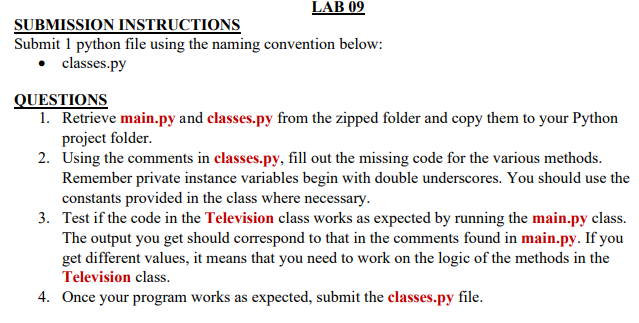




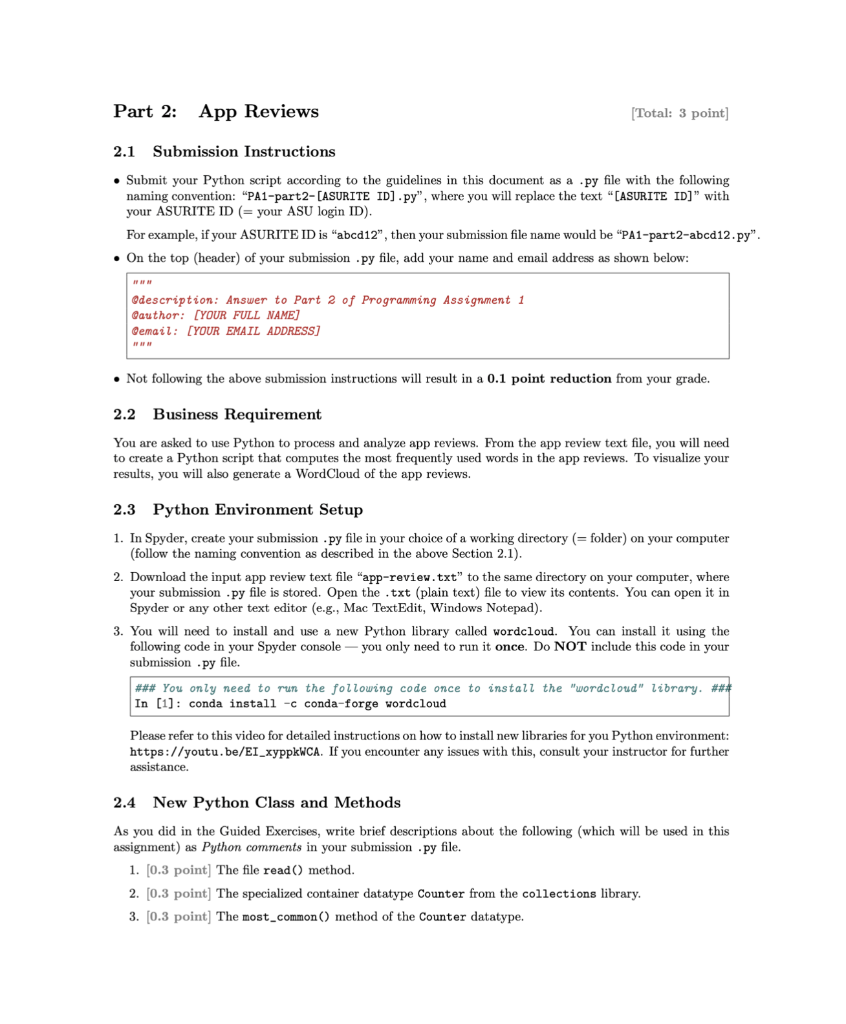

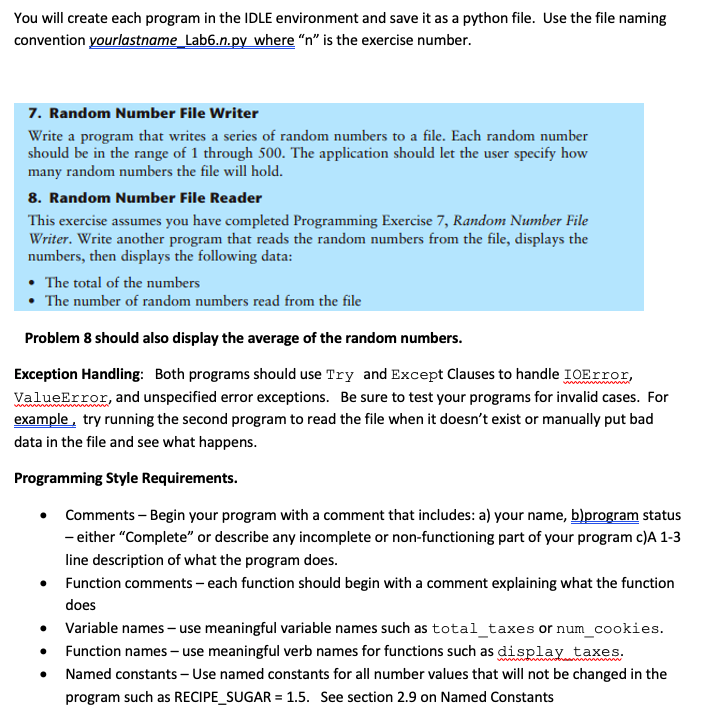




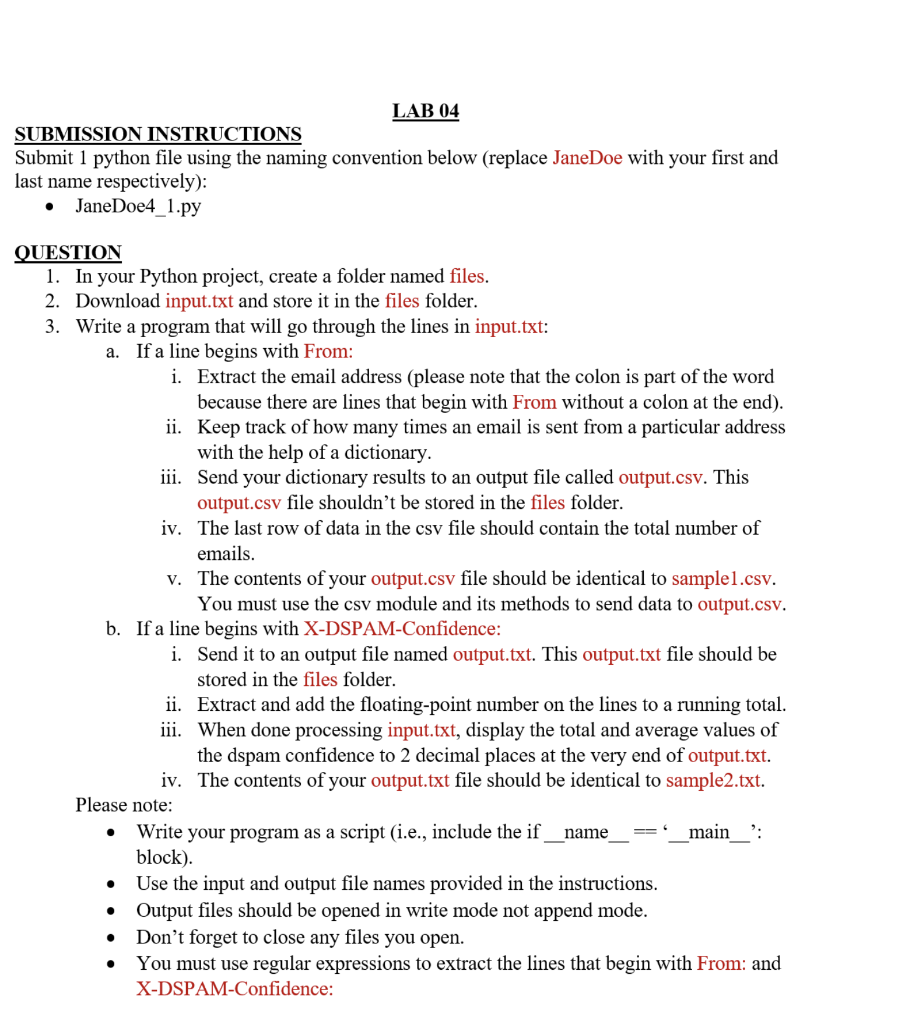
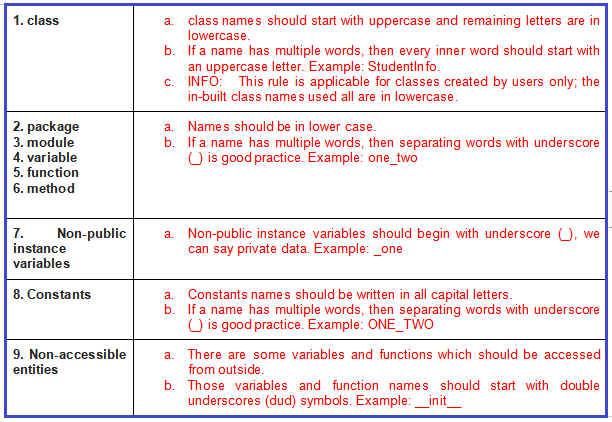
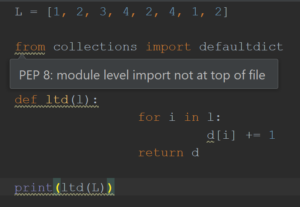










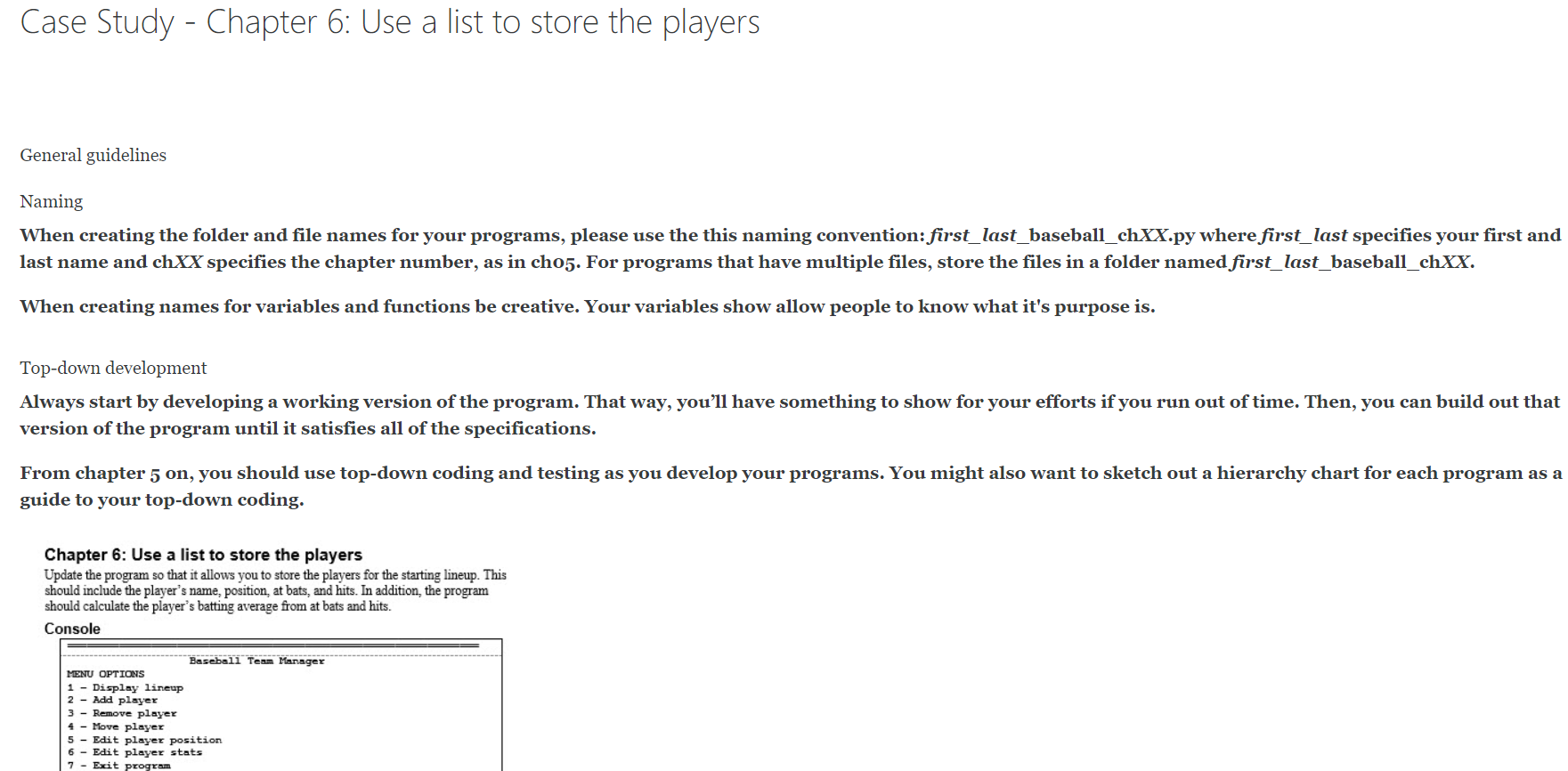





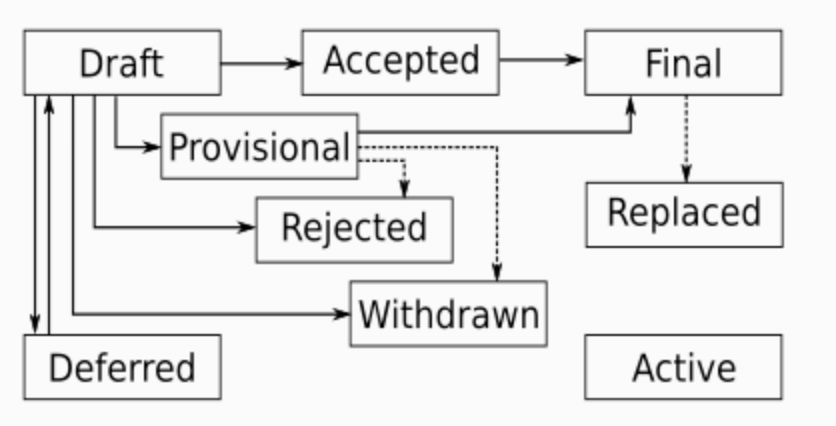




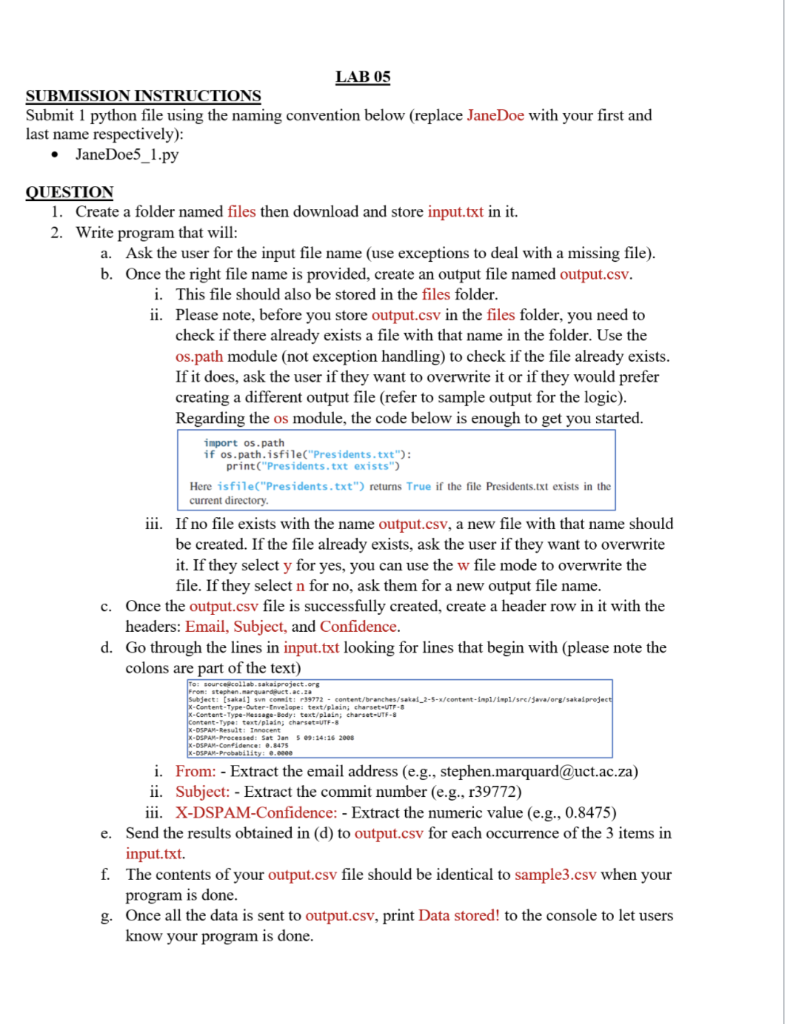
Article link: python file name convention.
Learn more about the topic python file name convention.
- coding style – Python file naming convention?
- Should Python class filenames also be camelCased?
- Python Naming Conventions — CodingConvention 0 …
- Naming Conventions – Real Python
- Files, Folders & Modules – Leapfrog Coding Guidelines
- File Naming Conventions – Introduction to Data Management …
- How do you name your Python files? – Kodeclik
- File Naming Conventions in Python | Delft Stack
- Python Naming Conventions — CodingConvention 0 …
- Naming Convention In Python [With Examples]
- PEP 8 – Style Guide for Python Code
- naming-convention-guides/python/file-naming.md at master
- Naming Files – Real Python
See more: nhanvietluanvan.com/luat-hoc